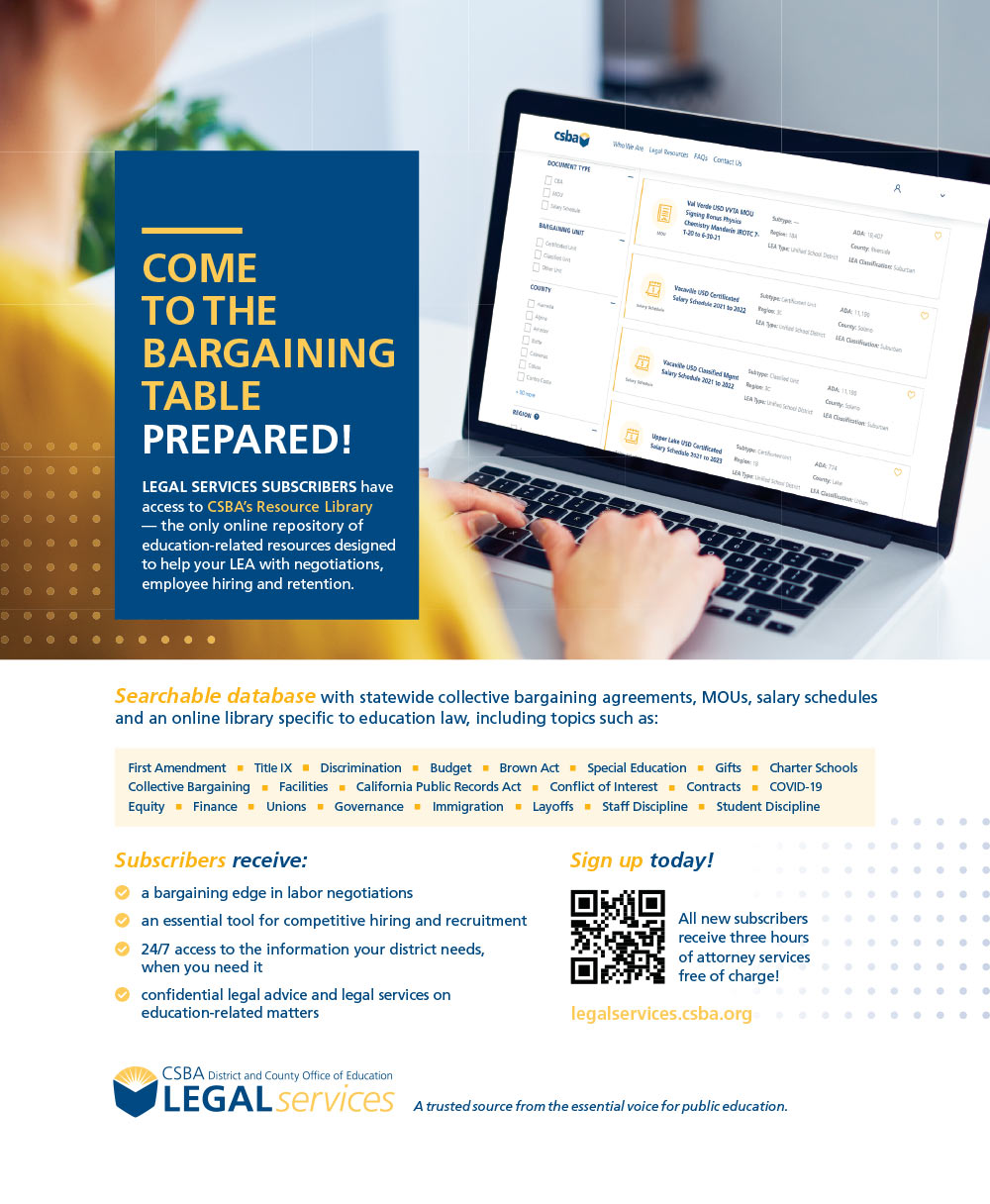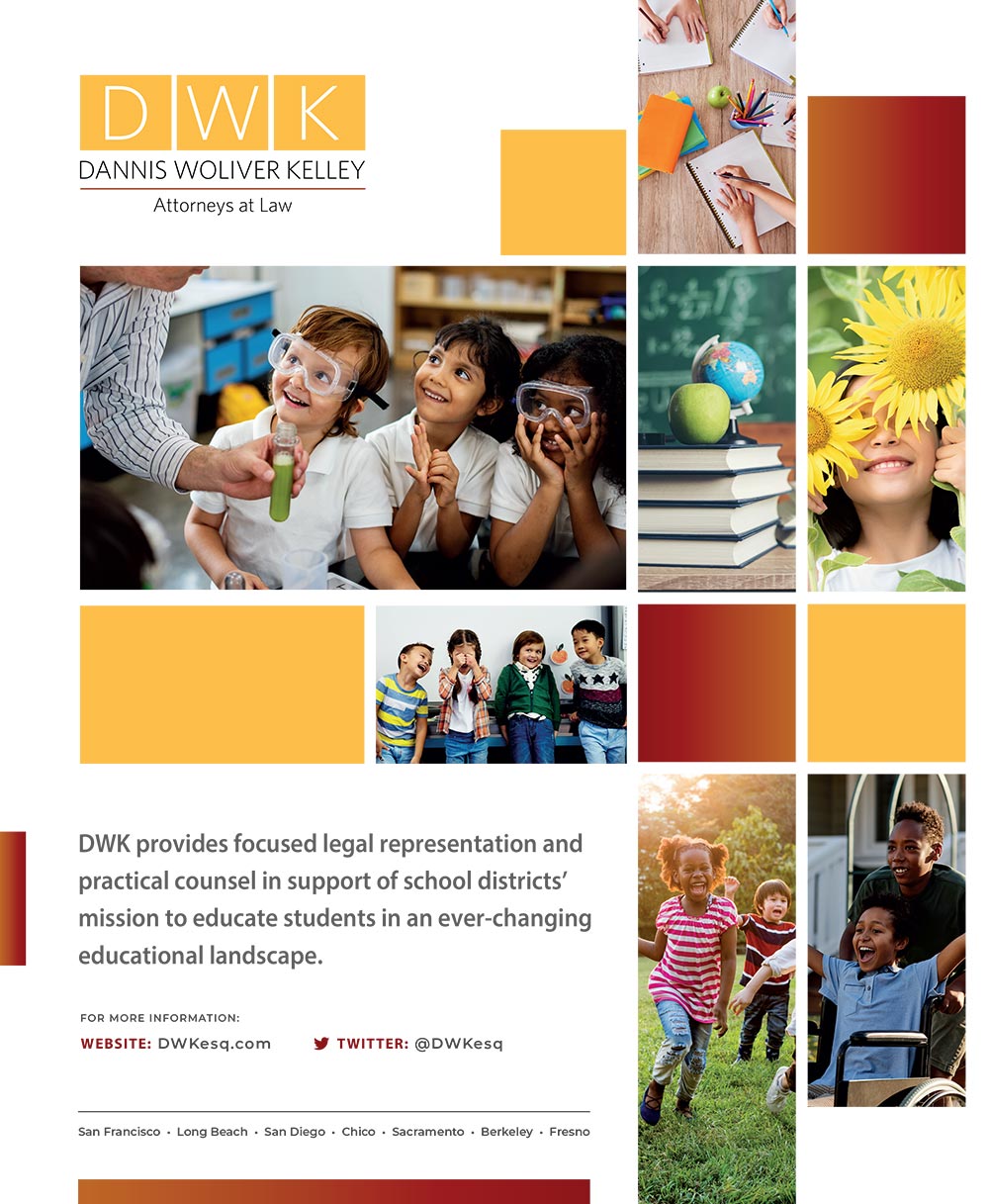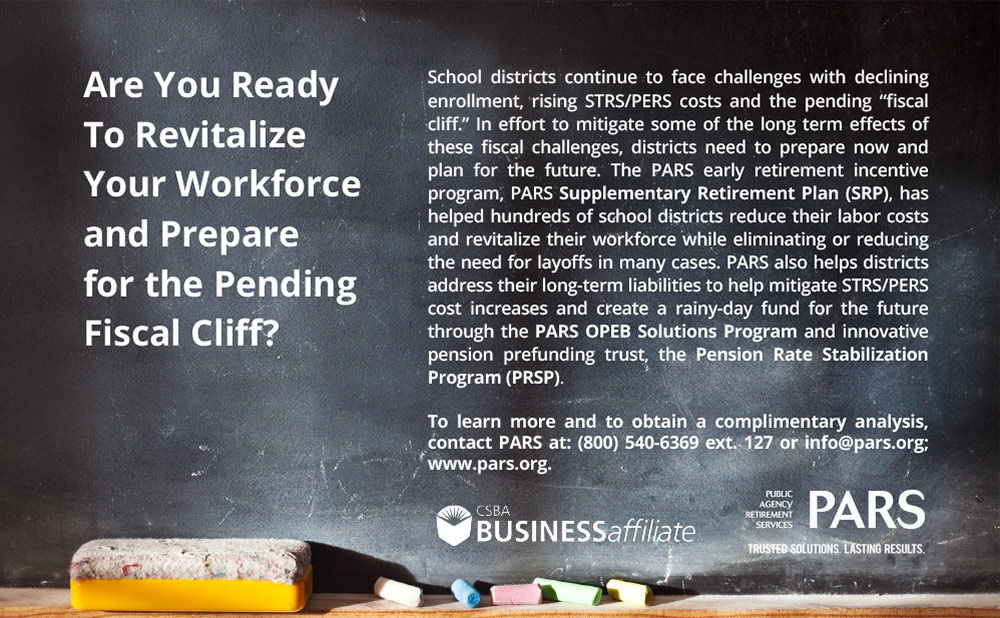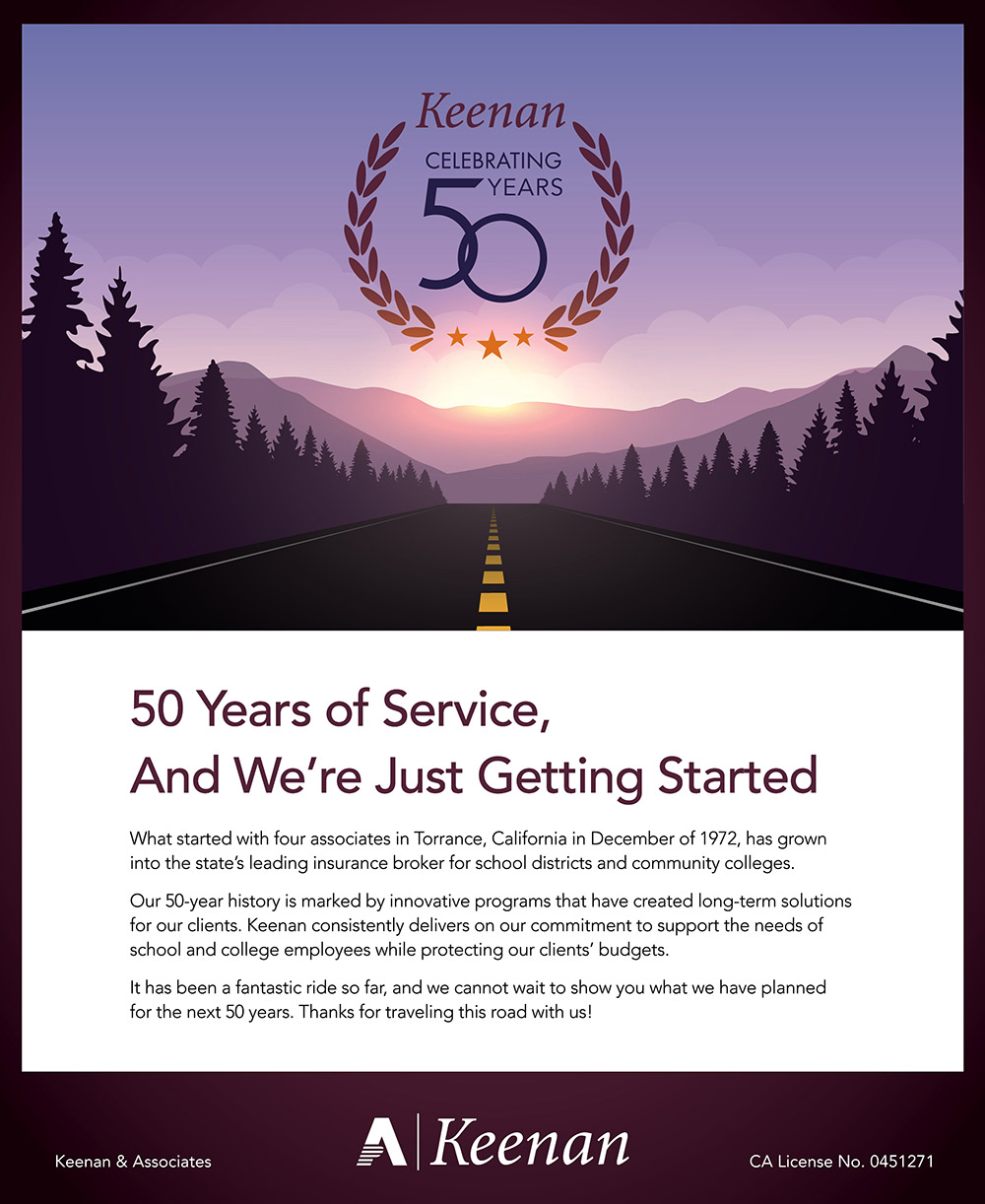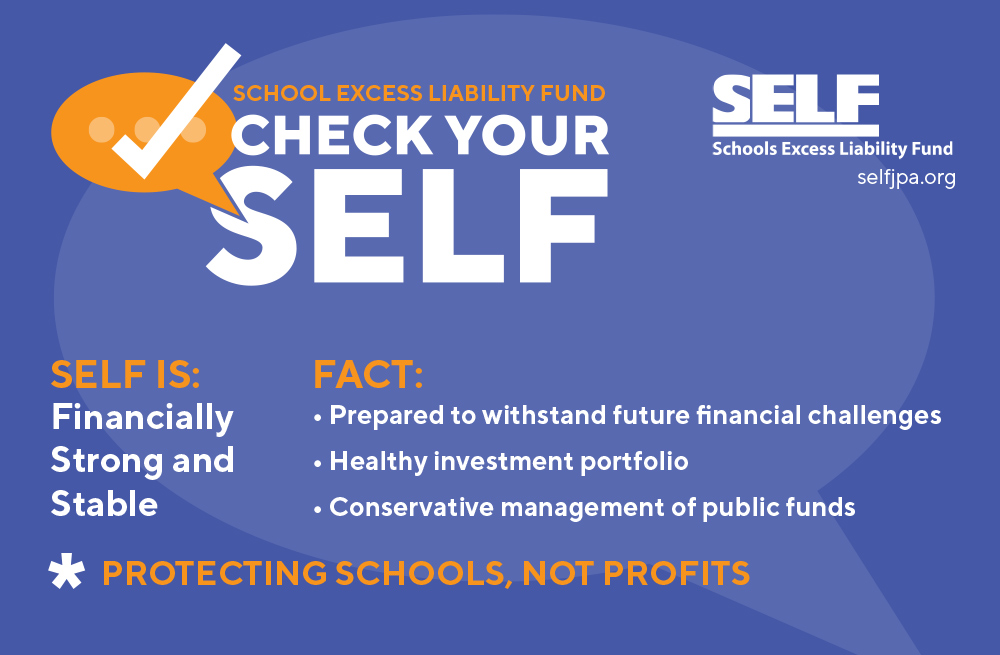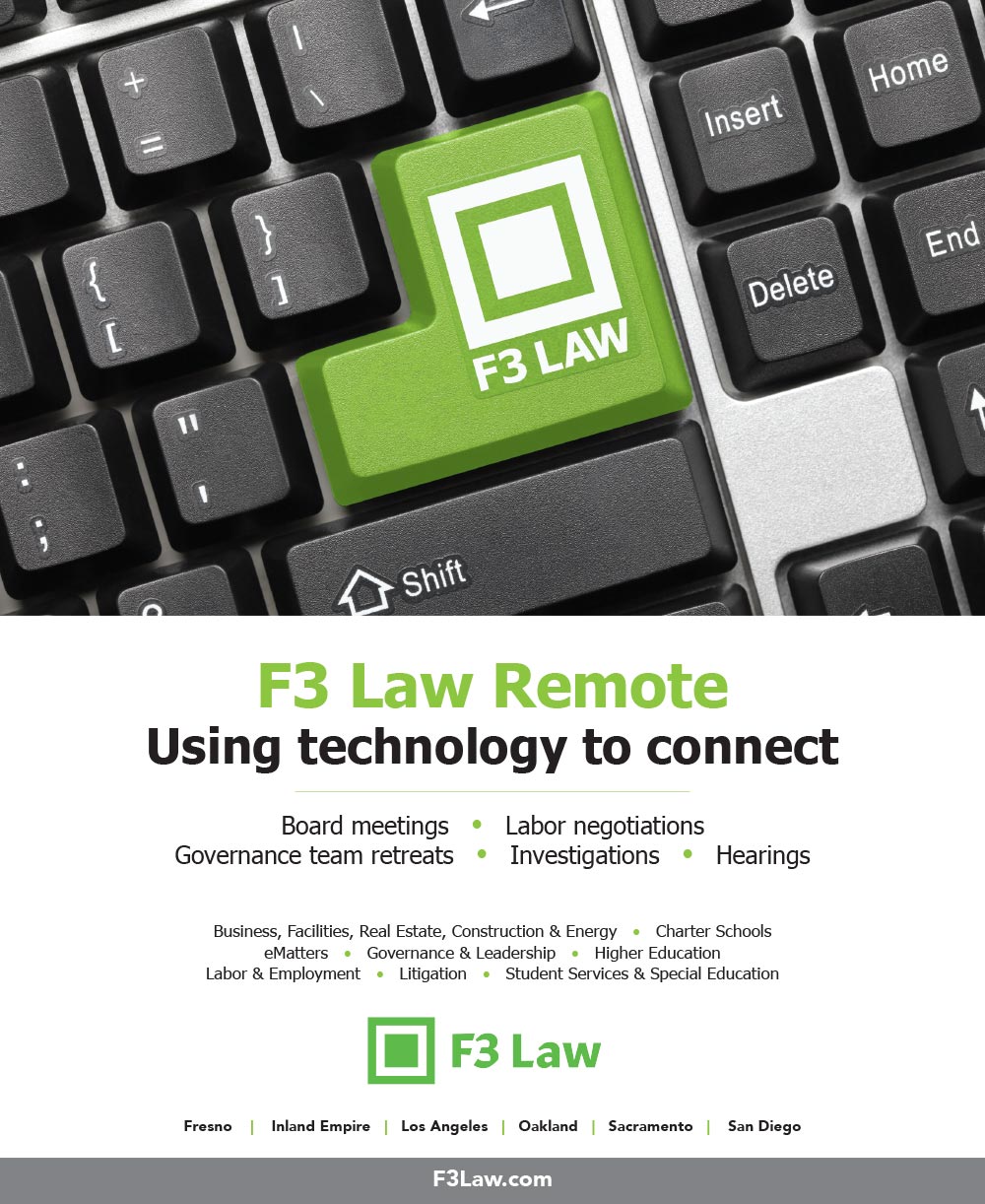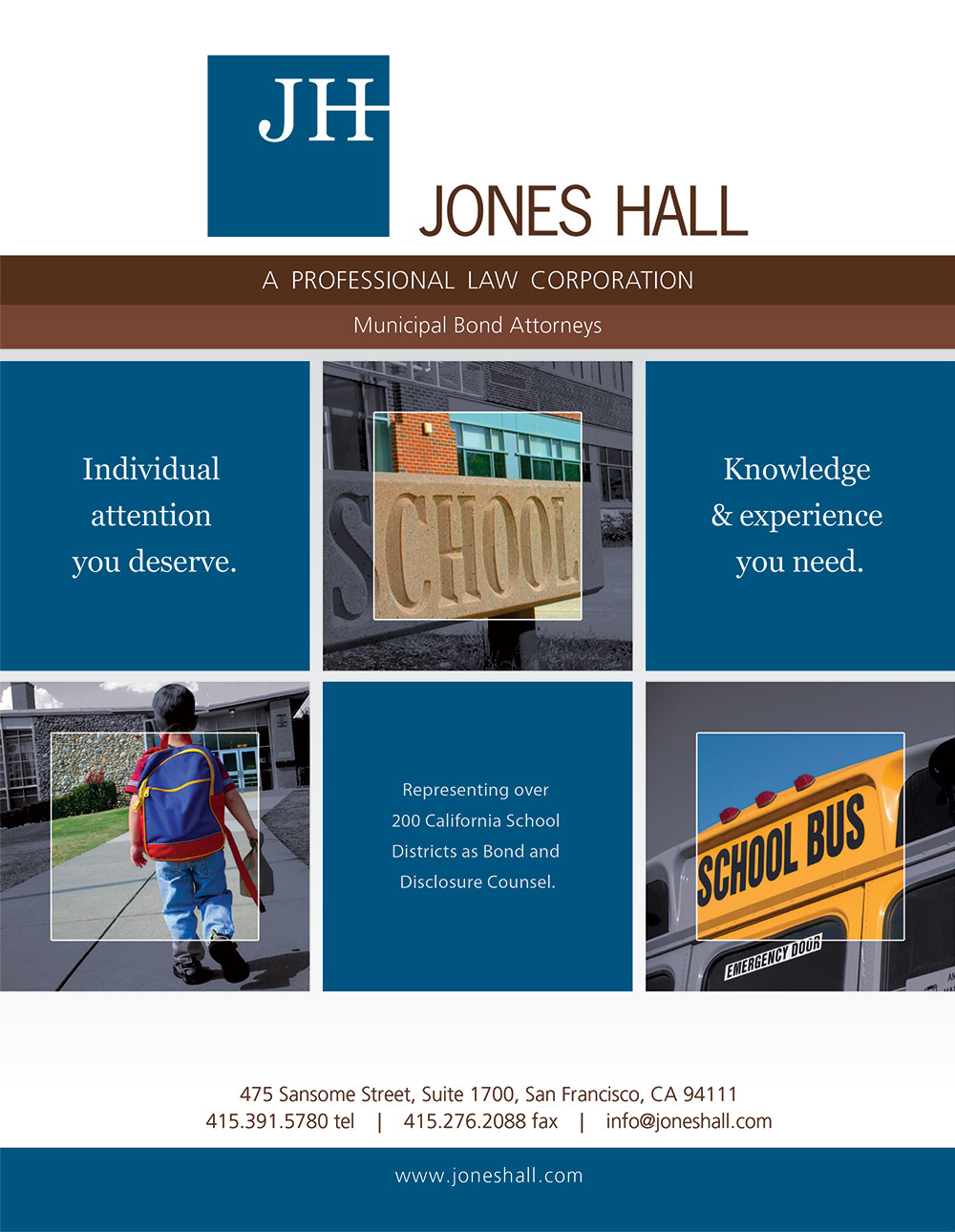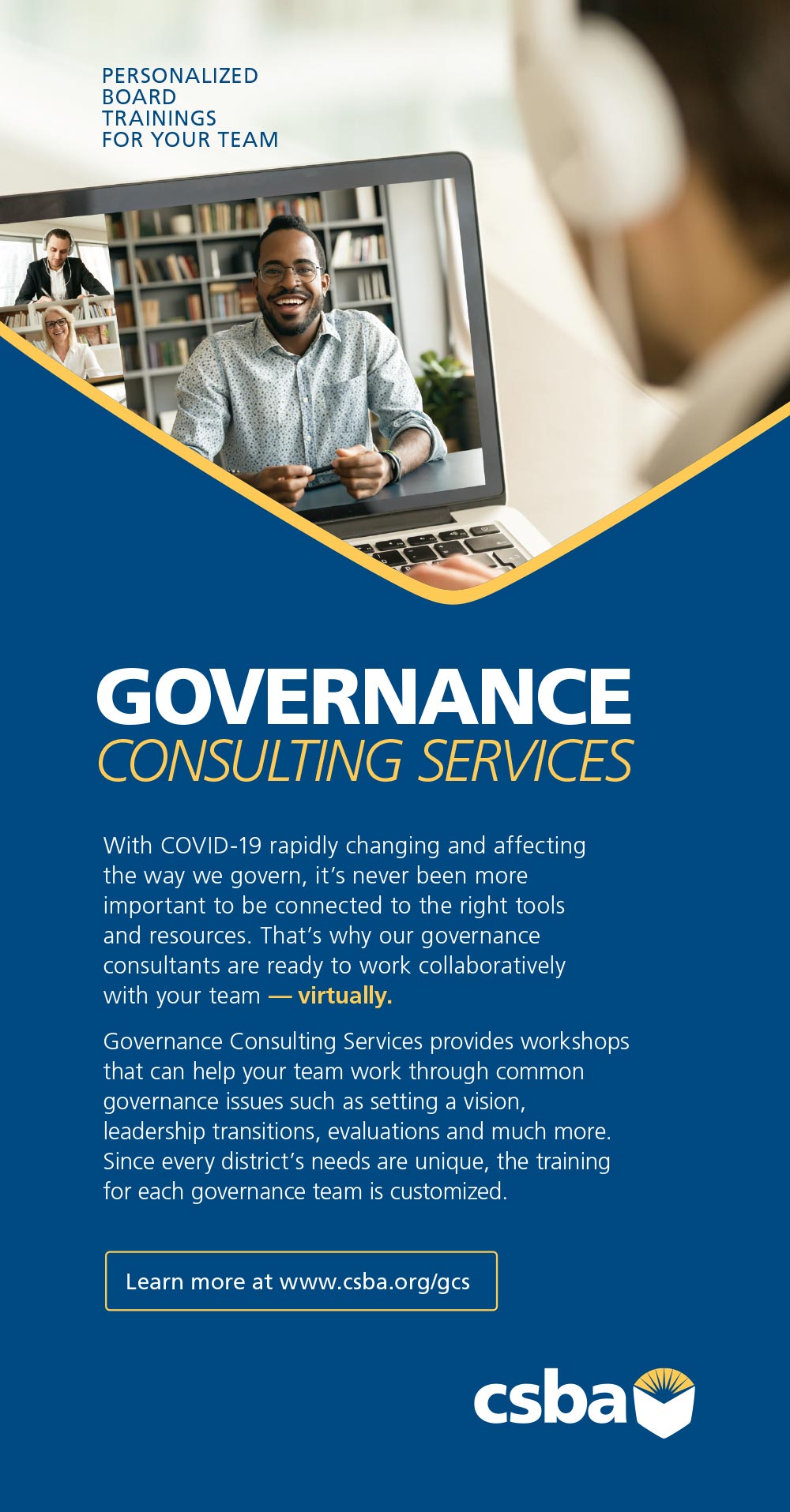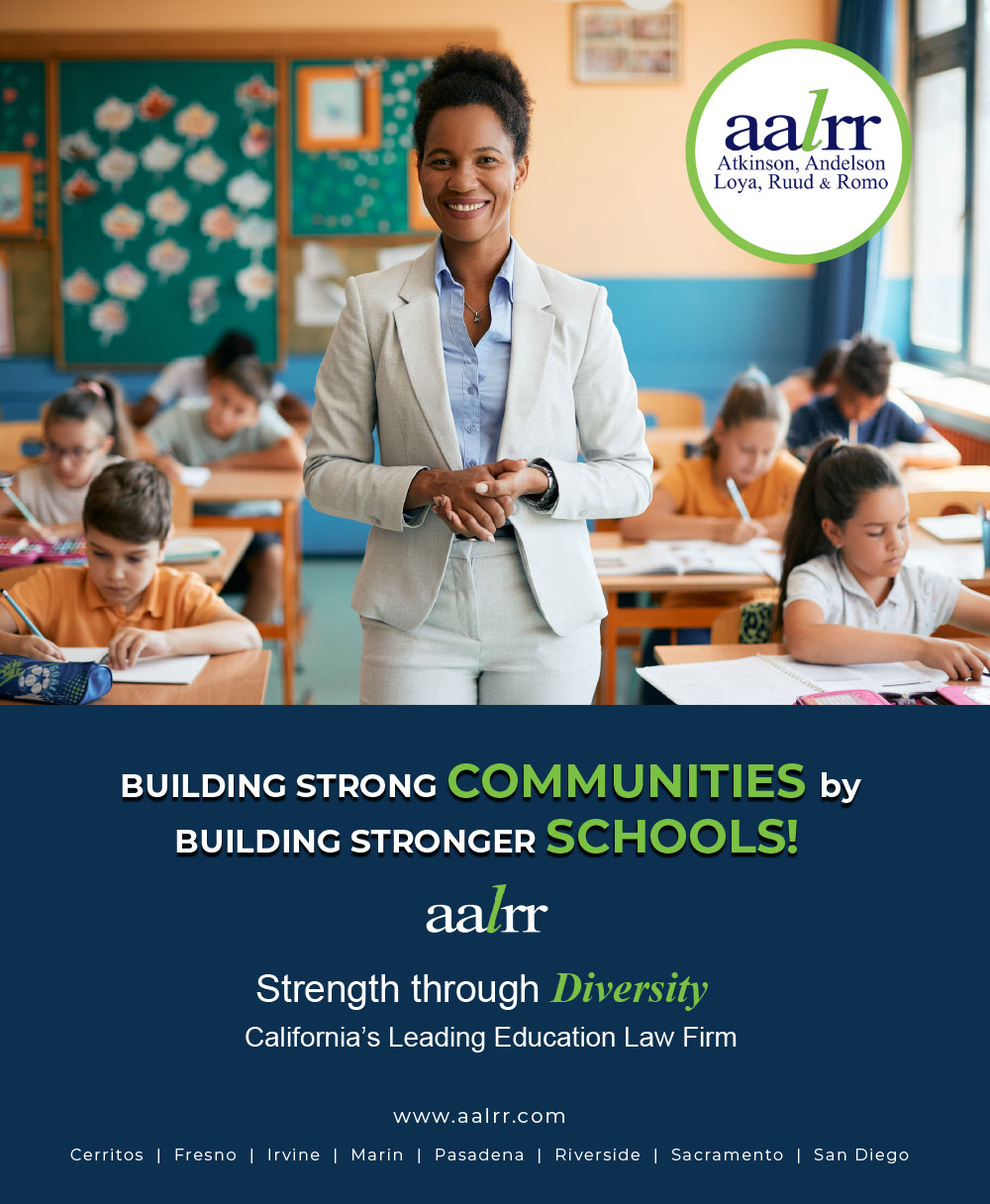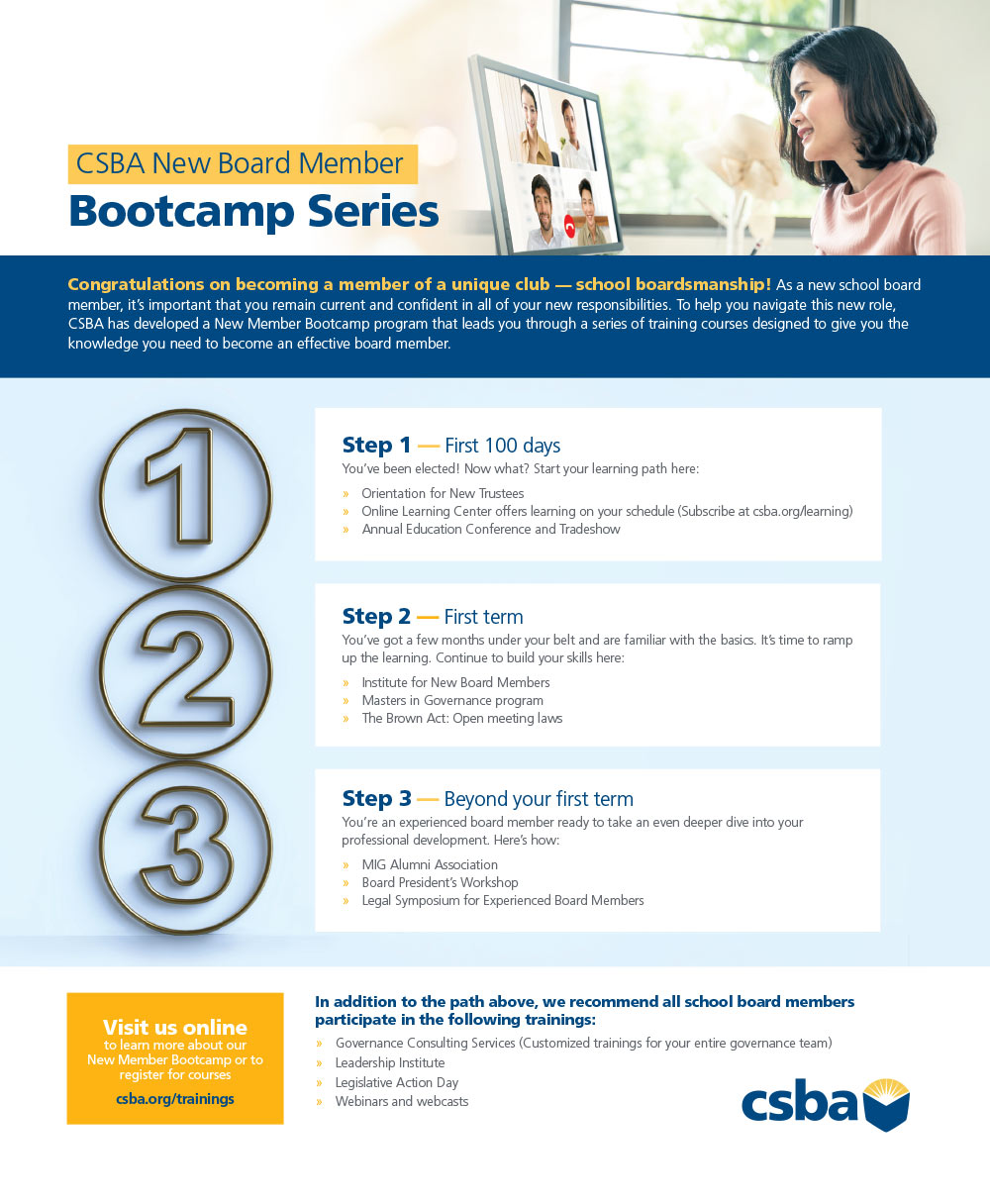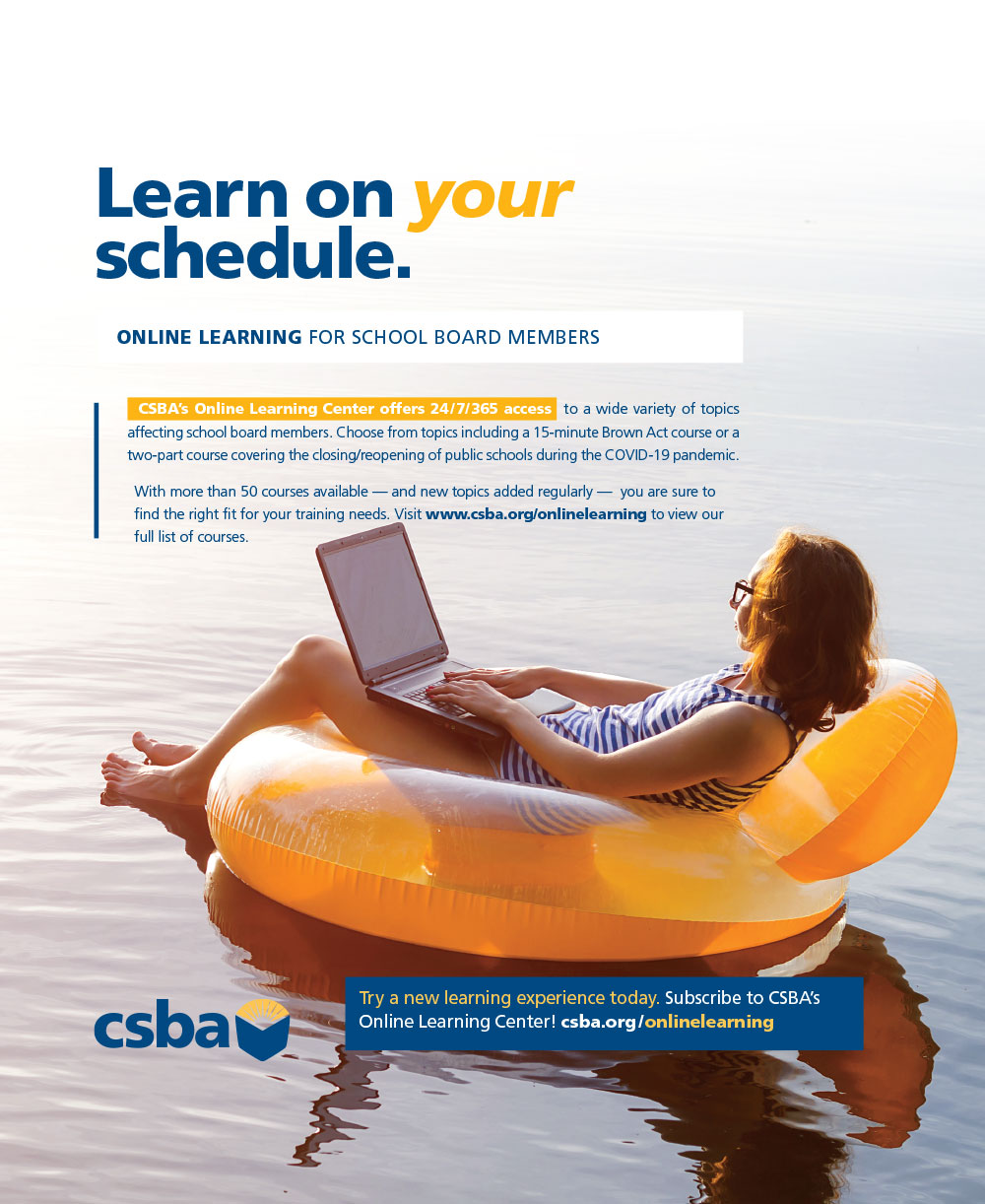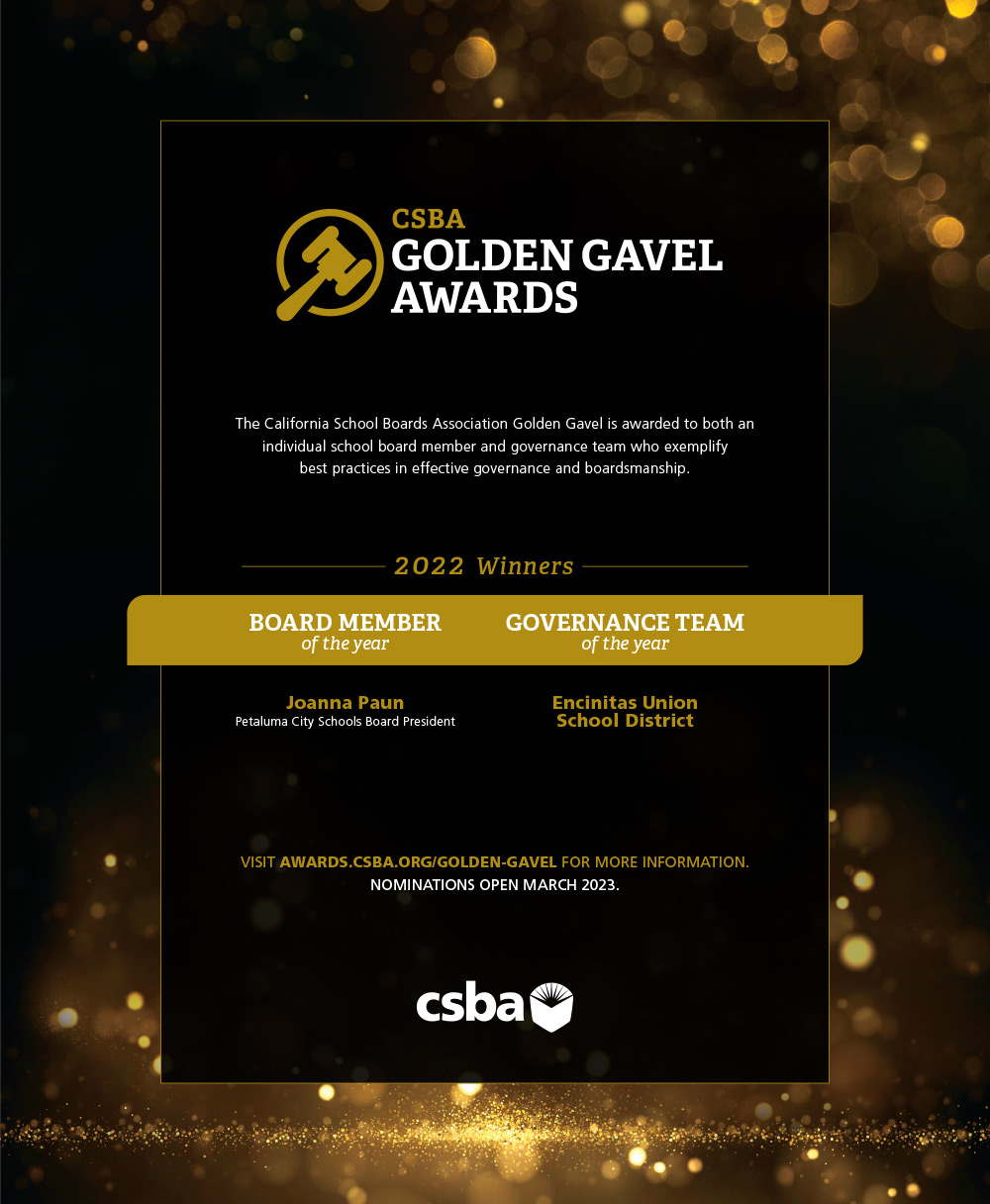




Winter 2023
The California School Boards Association is the essential voice for public education. We inspire our members to be knowledgeable leaders, extraordinary governance practitioners and ardent advocates for all students.
Innovative farms, from-scratch cooking and local produce shine in districts ensuring all students can access healthy, delicious food
by Alisha Kirby
by Vernon M. Billy
by Kristin Lindgren
by Sepideh Yeoh, Monika Moulin and Rosemary Kamei
by Will McCoy
by Lorrie Owens
Interview with Joanna Paun
CSBA President Susan Markarian
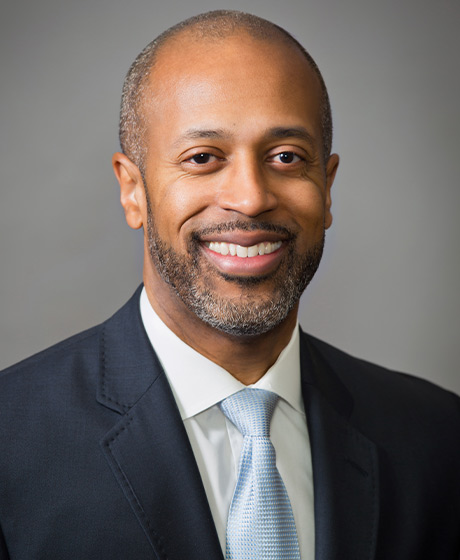
by Vernon M. Billy
he ancient philosopher Theophrastus was a pupil of Aristotle’s and succeeded his mentor as leader of the Lyceum, the academy Aristotle founded in Athens. In addition to his work as a philosopher, Theophrastus was also a botanist, a biologist and a physicist. Theophrastus made the most of the time available to him and is famous for stating, “Time is the most valuable thing a man can spend.”

I agree wholeheartedly with this assessment. So, as educators, we must consider not only how we are spending our own time, but how that impacts the beneficiaries of our professional endeavors, California students.
Where do the children of this state spend most of their time, and the overwhelming share of their waking hours? In school. The average American spends 13 years in school, or about 16 percent of their lifespan. That’s a substantial amount of time and it’s far too valuable to spend ineffectively. So, as the stewards of public schools, how are we making the most of it? What long-term trends can we identify to improve our practice, and will we take the time to implement new solutions in a way that makes sense for our local circumstances? No one knows the local community better than those who work, live and go to school there every day — so no one has more responsibility for continuous improvement that makes a tangible difference for our students.

Frank Magarino
Region 1, Del Norte County USD
Sherry Crawford
Region 2, Siskiyou COE
David Gracia
Region 3, Napa Valley USD
Renee Nash
Region 4, Eureka Union SD
Alisa MacAvoy
Region 5, Redwood City ESD
Jackie Wong
Region 6, Washington USD
James Aguilar
Region 7, San Leandro USD
Christopher “Kit” Oase
Region 8, Ripon USD
Roger Snyder
Region 9, Scotts Valley USD
Kathy Spate
Region 10, Caruthers USD
Sabrena Rodriguez
Region 11, Ventura USD
William Farris
Region 12, Sierra Sands USD
Susan Henry
Region 15, Huntington Beach Union HSD
Karen Gray
Region 16, Silver Valley USD
Debra Schade
Region 17, Solano Beach SD
Bruce Dennis
Region 18, Riverside COE
Devon Conley
Region 20, Mountain View Whisman SD
Tanya Ortiz Franklin
Region 21, Los Angeles USD
Nancy Smith
Region 22, Palmdale SD
Helen Hall
Region 23, Walnut Valley USD
Jan Baird
Region 24, South Whittier ESD
Chris Clark
Director-at-Large African American,
Folsom-Cordova USD
Christina Cameron-Otero
Director-at-Large American Indian,
Needles USD
Sylvia Leong
Director-at-Large Asian/Pacific Islander,
Cupertino Union SD
Michael Teasdale
Director-at-Large County, Riverside COE
Joaquín Rivera
Director-at-Large Hispanic, Alameda COE
Gina Cuclis
CCBE President, Sonoma COE
Region 1, Del Norte County USD
Sherry Crawford
Region 2, Siskiyou COE
A.C. “Tony” Ubalde, Jr.
Region 3, Vallejo City USD
Renee Nash
Region 4, Eureka Union SD
Alisa MacAvoy
Region 5, Redwood City ESD
Darrel Woo
Region 6, Sacramento City USD
James Aguilar
Region 7, San Leandro HSD
Stephen J. Schluer
Region 8, Manteca USD
Tami Gunther
Region 9, Atascadero USD
Kathy Spate
Region 10, Caruthers USD
Sabrena Rodriguez
Region 11, Ventura USD
William Farris
Region 12, Sierra Sands USD
Susan Henry
Region 15, Huntington Beach Union HSD
Karen Gray
Region 16, Silver Valley USD
Debra Schade
Region 17, Solano Beach SD
Wendy Jonathan
Region 18, Desert Sands USD
Vacant
Region 20
Tanya Ortiz Franklin
Region 21, Los Angeles USD
Nancy Smith
Region 22, Palmdale SD
Helen Hall
Region 23, Walnut Valley USD
Leighton Anderson
Region 24, Whittier Union HSD
Bettye Lusk
Director-at-Large African American,
Monterey Peninsula USD
Crystal Martinez-Alire
Director-at-Large American Indian,
Elk Grove USD
Amy Koo
Director-at-Large Asian/Pacific Islander,
Belmont-Redwood Shores SD
Michael Teasdale
Director-at-Large County, Riverside COE
Joaquín Rivera
Director-at-Large Hispanic, Alameda COE
Joe Ross
CCBE President, San Mateo COE

legal insights
Board members’ use of social media scrutinized
n Garnier v. O’Connor-Ratcliff, a case of first impression, the Ninth Circuit Court of Appeals held in July 2022 that two members of the Poway Unified School District Board of Education had violated the First Amendment rights of two members of the public when they blocked them from their official Facebook and Twitter accounts. (The trustees have requested that the United States Supreme Court grant an appeal to them on this case.)
These free speech and social media issues are slowly making their way through the courts, and in many ways, Facebook, Twitter and other social media is still the “Wild West” of the legal world. Board members should take notice of this case because it is the precedent that future courts in California will rely on, and it provides some guideposts for board members who use social media to inform and engage their constituents.

Chief Information Officer
Troy Flint, tflint@csba.org
Editorial Director
Kimberly Sellery, ksellery@csba.org
Marketing Director
Andy Rolleri, arolleri@csba.org
Staff Writers
Heather Kemp, hkemp@csba.org
Alisha Kirby, akirby@csba.org
Director of Graphic Design and Branding
Kerry Macklin, kmacklin@csba.org
Senior Graphic Designer
Amanda Moen, amoen@csba.org
Circulation and Advertising
csba@csba.org
CSBA OFFICERS
Susan Markarian, Pacific Union ESD
President-elect
Albert Gonzalez, Santa Clara USD
Vice President
Dr. Bettye Lusk, Monterey Peninsula USD
Immediate Past President
Dr. Susan Heredia, Natomas USD
CEO & Executive Director
Vernon M. Billy
Articles submitted to California Schools are edited for style, content and space prior to publication. Views expressed are those of the authors and do not necessarily represent CSBA policies or positions. Articles may not be reproduced without written permission of the publisher. Endorsement by CSBA of products and services advertised in California Schools is not implied or expressed.


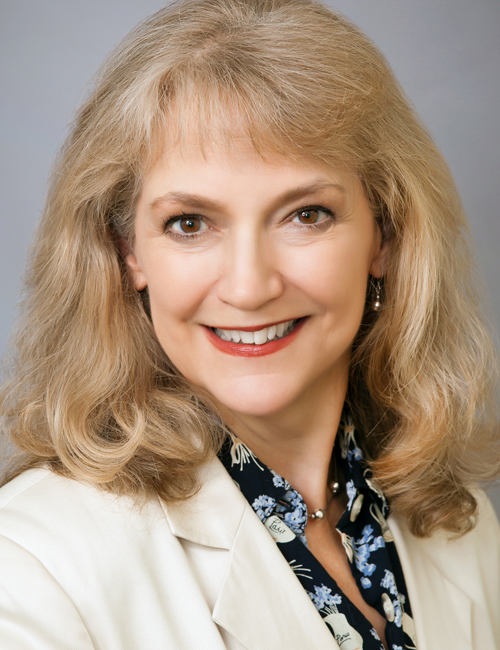
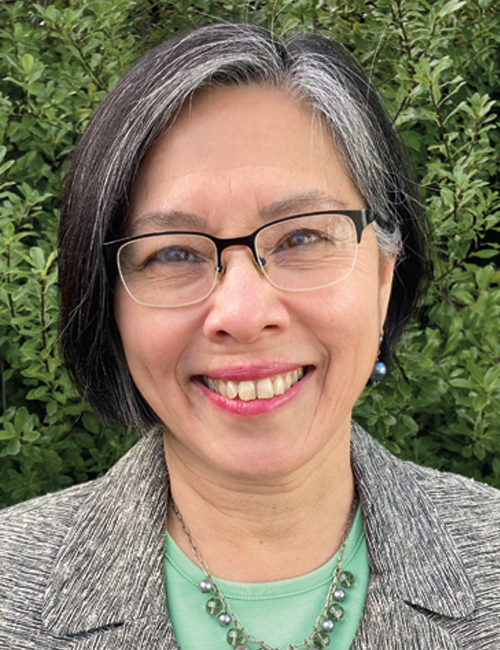
Boardwise is a forum for board members and superintendents across the state to share questions about governance and board–superintendent relations. Send your questions to boardwise@csba.org.
Sepideh: “Knowing yourself is the beginning of all wisdom.” – Aristotle
Connecting on a personal level is key in strengthening engagement at the board level. You may be asking how to connect on a personal level while being mindful of the Brown Act? The solution is simple, do not discuss district/board business. The main goal of connecting on a personal level is to get to know your colleagues. However, before you can connect with your fellow trustees (and as the quote by Aristotle reminds us), you need to get to know yourself on a deeper level and identify the following:
class act Best practices in action
Best practices in action

class act
Best practices in action

ince 2015, Ayala CTE Engineering Academy, part of the Chino Valley Unified School District and Baldy View Regional Occupational Program, has grown from one class with 35 students to a four-year Project Lead the Way Engineering Pathway with approximately 190 students per year and 30 career technical education completers each year.
The Golden Bell-winning, project-based STEM [science, technology, engineering and math] program has increased female participation in the engineering pathway by 50 percent. Since 2018, 89 percent of all eligible students have received college credit. In the fall of 2022, 96 percent of the program’s seniors will be attending college, with the remainder entering trade schools.
“I feel our engineering and architecture pathway as structured provides students several years to create an essential roadmap toward a field of interest,” said Michael S. Collins, Baldy View ROP and Ayala High School engineering and design instructor. “We often discuss how there is no one size fits all — it is about giving them options.”
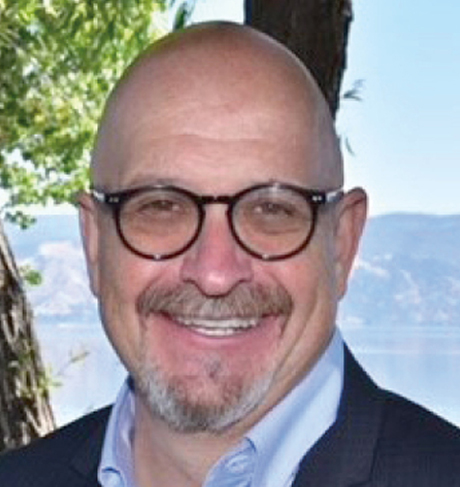
s a superintendent, it was my responsibility to maximize services to all students, but my resources (people, systems and budget) did not always align with identified needs. It is a recurring challenge: how do we expand our capabilities in a way that strengthens our student programs in both the short and long term?
This was, and is, especially true when considering student behavioral and mental health. To guide our thinking, I would ask four questions of my leadership team. These questions are especially pertinent now as districts have an unprecedented opportunity to enhance these programs through the Elementary and Secondary Schools Emergency Relief (ESSER) funding and the $4.5 billion in funding available through Gov. Gavin Newsom’s “Master Plan for Student Mental Health” initiative.
The following are questions that leaders should be asking to help build effective behavioral and mental programs for their students.
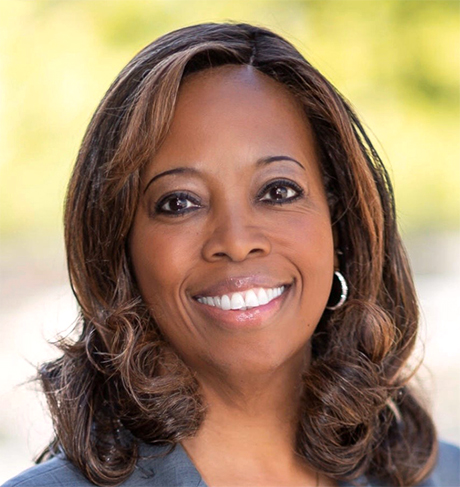
from the field
Five tips to protect your LEA’s data
ybersecurity is one of those topics that falls into the same category as writing a will or going to the dentist — you know it is something that must be addressed, but you’d rather deal with it later. That is the approach many K-12 entities have taken towards cybersecurity preparedness.

And, for many years, it worked. The financial industry, healthcare and even higher education have been hammered by cybersecurity bad actors for years. But now their attention has turned to K-12, and for good reason.
First, as student data moved from cumulative folders to the digital space, cybercriminals realized the treasure trove of information we have in our systems. Student records are easily sold on the dark web to people who steal identities for a living. With all the information available on students from our systems, all it takes is the changing of one digit in the student’s year of birth, and you now have an identity that can be compromised for years without anyone knowing. The Social Security numbers of minors cannot be monitored for credit purposes, not even by their parents. Thus, the first time a student may realize his or her identity has been stolen may occur only when he or she applies for a job, a student bank account or completes a FAFSA [Free Application for Federal Student Aid]. A student’s information may have been compromised for up to 10 years by that point.


Equity is what drives all of our decisions. Student outcomes should not be predicted by their race, socioeconomic status, zip code, etc. And anything that we as trustees can do to identify and address these systemic issues is well worth the effort. Our students deserve us to keep equity at the forefront of our decisions.
What is an accomplishment you’re most proud of in your time on the board?
A few I’m proud of are adding three student board members, expanding access to menstrual products before it was required by the state and increasing communication with the community. We hold “office hours” at all school campuses once a semester. We have had teachers, parents, grandparents and students come and talk with us. We also produced an equity study in the 2021–22 school year to identify equity gaps and we are currently using the data to address and start to close the opportunity gap.
Why is it important to include student voice and what have you learned from your student board members?
It’s critical to have student voices since each item we vote on affects them. Some things we may not have known about include [challenges related to] changes to our bell schedule, the hybrid schedule coming back from COVID, [and] how important mental health ties into gun safety and overall school safety.
What inspired me was what I heard from so many in our town — that they felt like there was a lack of communication and representation on the school board. I wanted to be an advocate for students and families whose voices were not being heard. Our town is roughly 25 percent people of color and 1 percent Black; the makeup of the board was not reflective of the community and our district. When I was elected in 2018, I became the first Black elected official in Petaluma! Students are what motivate me. Going into classrooms, attending student events, visiting campuses and seeing and interacting with students.
How does your experience in college counseling influence your view on governance?
I view school counseling as advocacy. School counselors should be advocating for students and helping them have equitable access to school services. Some examples: class placement, enrolling in higher-level classes (AP and honors), racial and social justice, helping them express what’s important to them either in a 1:1 session, to a peer, a teacher, etc. I see being a trustee as not just advocating for a set group of students who may be on my caseload, but for all students in the Petaluma City Schools District.

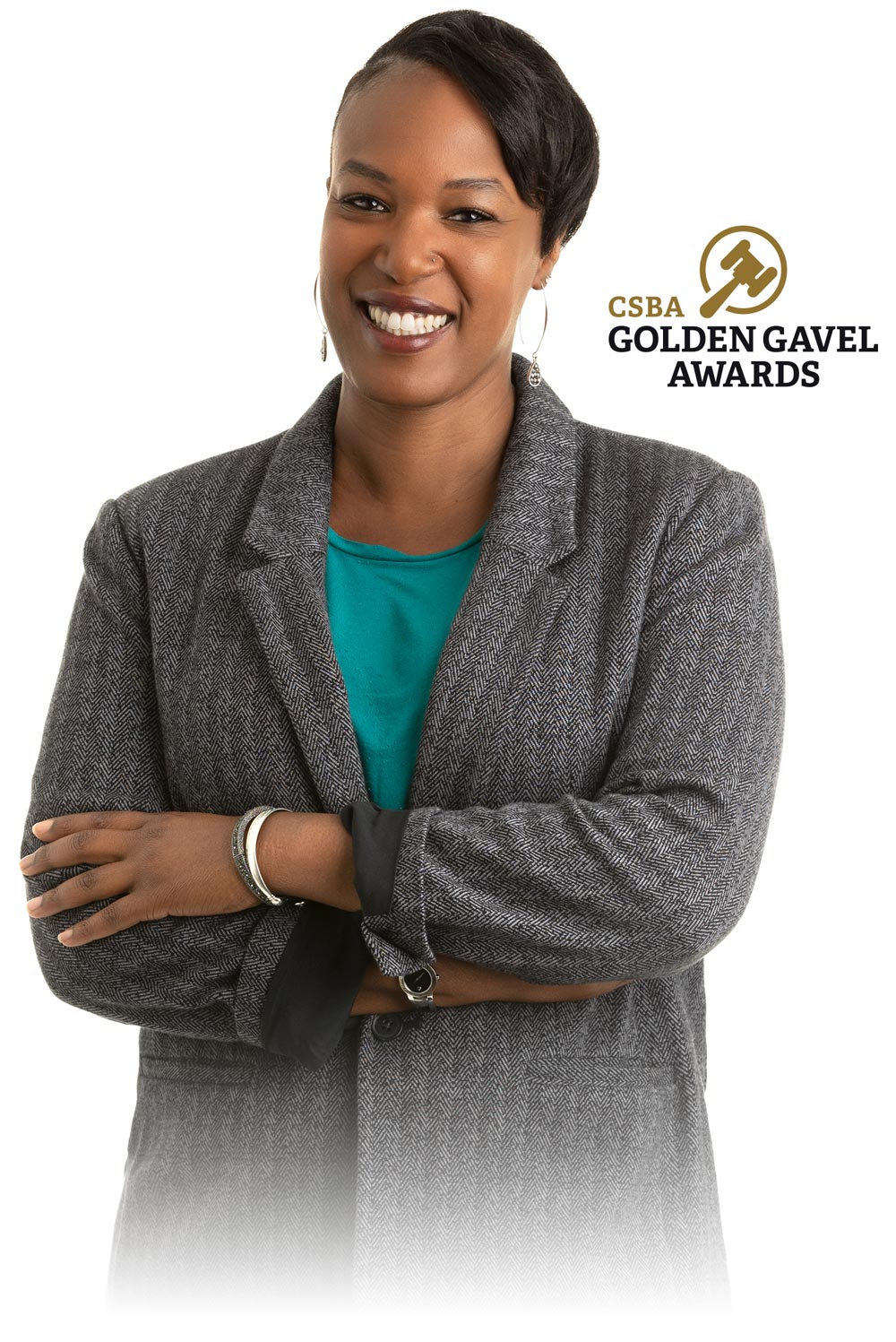
Equity is what drives all of our decisions. Student outcomes should not be predicted by their race, socioeconomic status, zip code, etc. And anything that we as trustees can do to identify and address these systemic issues is well worth the effort. Our students deserve us to keep equity at the forefront of our decisions.
What is an accomplishment you’re most proud of in your time on the board?
A few I’m proud of are adding three student board members, expanding access to menstrual products before it was required by the state and increasing communication with the community. We hold “office hours” at all school campuses once a semester. We have had teachers, parents, grandparents and students come and talk with us. We also produced an equity study in the 2021–22 school year to identify equity gaps and we are currently using the data to address and start to close the opportunity gap.
Why is it important to include student voice and what have you learned from your student board members?
It’s critical to have student voices since each item we vote on affects them. Some things we may not have known about include [challenges related to] changes to our bell schedule, the hybrid schedule coming back from COVID, [and] how important mental health ties into gun safety and overall school safety.
What inspired you to become a school board member, and what motivates you to keep going?
What inspired me was what I heard from so many in our town — that they felt like there was a lack of communication and representation on the school board. I wanted to be an advocate for students and families whose voices were not being heard. Our town is roughly 25 percent people of color and 1 percent Black; the makeup of the board was not reflective of the community and our district. When I was elected in 2018, I became the first Black elected official in Petaluma! Students are what motivate me. Going into classrooms, attending student events, visiting campuses and seeing and interacting with students.
How does your experience in college counseling influence your view on governance?
I view school counseling as advocacy. School counselors should be advocating for students and helping them have equitable access to school services. Some examples: class placement, enrolling in higher-level classes (AP and honors), racial and social justice, helping them express what’s important to them either in a 1:1 session, to a peer, a teacher, etc. I see being a trustee as not just advocating for a set group of students who may be on my caseload, but for all students in the Petaluma City Schools District.

By Alisha Kirby
Innovative farms, from-scratch cooking and local produce shine in districts ensuring all students can access healthy, delicious food
The grumbling of hungry bellies.
Progress has largely been driven by the pandemic, which spotlighted both the growing severity of childhood food insecurity and the role school meal programs play as part of the solution. Data released in September 2022 by the U.S. Department of Agriculture Economic Research Service showed food insecurity rates among children across race and ethnicity dropped between 2020 and 2021 when universal school meals were implemented nationwide.

Closing the college-going gap
Dual enrollment opportunities range from students who take college courses independently, also called concurrent enrollment, to early college high schools to formal agreements between colleges and school districts enabled by laws adopted in the last 10 years.
Online Learning Can Help with Teacher Shortages
ne educational challenge that has been weighing heavily on administrators around the nation is teacher shortages and staff retention overall.
One educational challenge that has been weighing heavily on administrators around the nation is teacher shortages and staff retention overall. According to a poll from the National Education Association earlier this year, more than half of teachers say they’re thinking about quitting. And although other reports have noted that the turnover rate has not changed dramatically in these past two years, a story in the Wall Street Journal points to 300,000 public school teachers and staff leaving the field. The reasons? Staff shortages that result in additional workload for those who decide to stay, political debates, and safety.
It’s difficult to read news from around the nation and know that education leaders, teachers, students, and families are struggling. Which is why I want to help provide a solution — so that every student’s needs are met, teachers feel supported and appreciated, and we can retain the incredible instructional talent that is out there. My solution? Online learning.

After school and on weekends, Oxnard Union High School District in Southern California’s Ventura County, like many local educational agencies, has traditionally lent its facilities for use by area youth and adult sports teams as well as for community meetings or service events.
“[The pandemic] brought more of a focus and reminded us how vital our facilities are to our communities, families and students,” said school Oxnard Union HSD Board Vice President Elizabeth Botello. “When we were closed for COVID, we still kept getting calls weekly about wanting our facilities to open to support the community.”
Susan Markarian
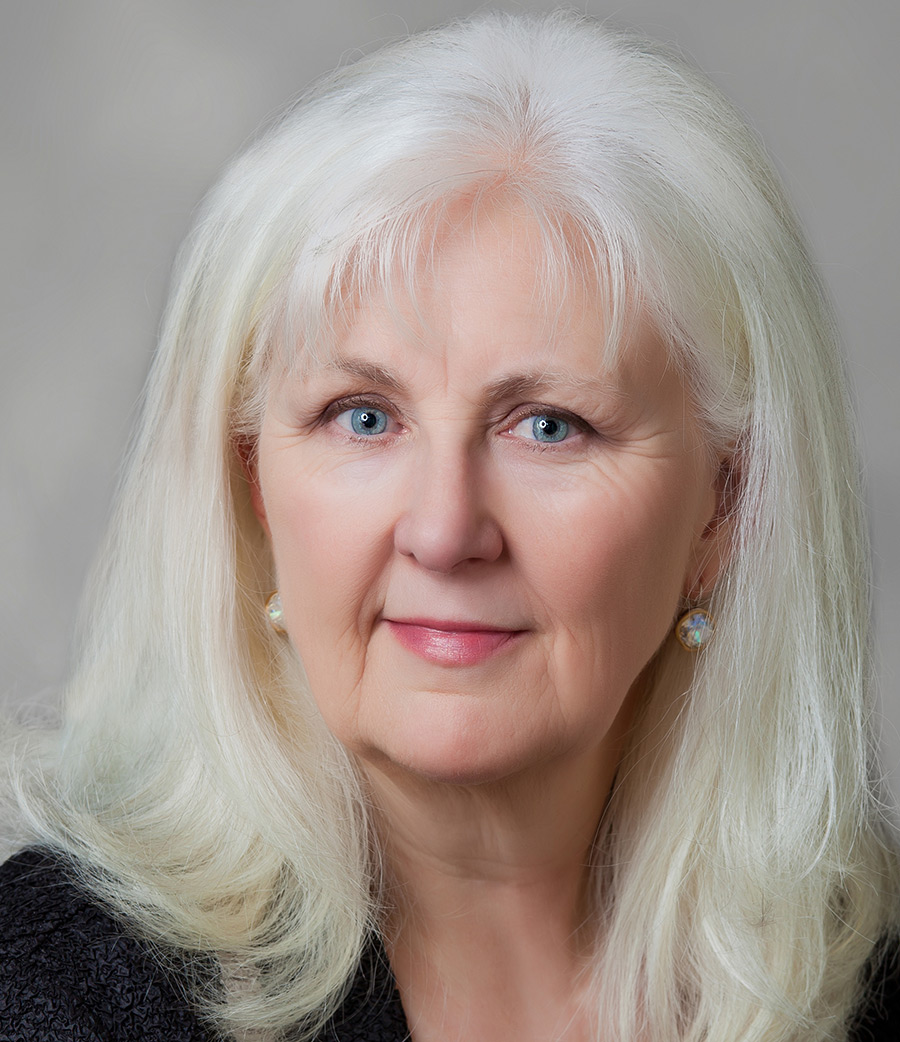
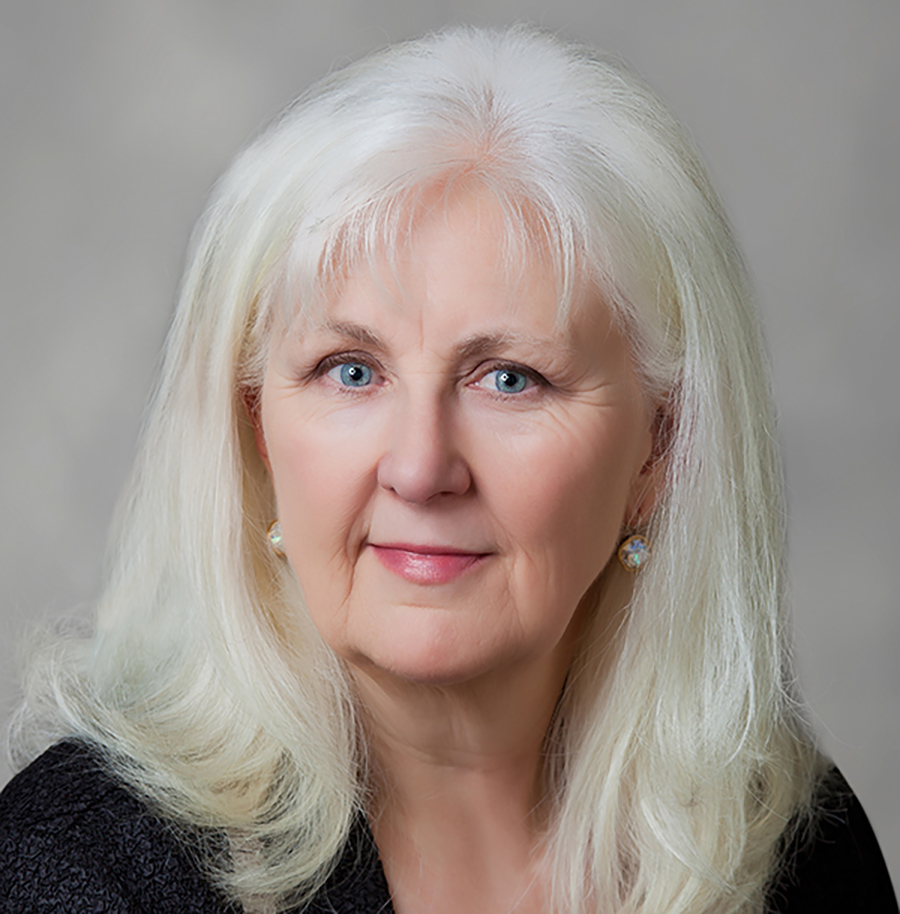


Did your legislator

local governance?

by teresa machado
After two years of limitations on the number of bills considered, the Legislature came roaring back in early 2022 with a mountain of legislative and budget proposals that had been set aside during the early days of the pandemic. Between the Senate and the Assembly, this legislative year saw more than 2,300 new bills proposed and over 1,400 measures sent to Gov. Gavin Newsom’s desk for approval.
Of course, only a fraction of these bills will affect education — and with that in mind, it’s time now for CSBA’s annual look at how your senators and assemblymembers voted on key legislation impacting public schools.
How we scored your legislators
To evaluate each legislator’s vote records, CSBA scored their favorable vote percentage on a total of 25 bills. Each of these bills are measures that CSBA sponsored, actively supported or actively opposed in 2022.
THANK YOU
Barber & Barber Associates, Inc.
CA School Management Group
Crisp Imaging
CSBA Legal Services
Dale Scott & Company
DCG Strategies
Demsey, Filliger & Assoc.
LexisNexis
Life Wings
McPherson & Jacobson LLC
Myers Stevens & Toohey (MST)
Nicole Anderson and Associates Consultants, LLC
Orrick, Herrington, & Sutcliffe LLP
PARS
Piper Sandler
R-Zero
Redistricting Partners
School Business Services of California, Inc.
The Maclean Group
THLight Global
Total School Solutions
U.S. Bank Global Corporate Trust Services
Congratulations
More than 2,000 board members and superintendents have participated in CSBA’s highly acclaimed Masters in Governance® program.
CSBA’s Masters in Governance (MIG)® program equips board members and superintendents with the knowledge and skills to build and support and effective governance structure.
The following graduates have successfully completed the 2022 virtual MIG program, gaining essential knowledge for being in effective governance team member.
Stephanie Webster
Antioch USD
Antonio Hernandez
Azusa USD
Yolanda Rodriguez-Pena
Laura Troutman
Bellflower USD
Bonnie Carter
Mayra Garza
Renita Armstrong
Tracy McSparren
Brea Olinda USD
Brinda Leon
Deana Miller
Paul Ruiz
Castro Valley USD
Dolly Adams
Chawanakee USD
Elisabeth Parish
Marcy Guthrie
Leslie Bunker
Cloverdale USD
Ashley Lopus White
Gabriela Mendoza-Torres
Jacque Garrison
Covina-Valley USD
Elizabeth Eminhizer
Cucamonga SD
Joyce Kozyra
Cutler-Orosi Joint USD
Margie Salazar


